
copyright © Wartime Heritage Association 2012-2024
Website hosting courtesy of Register.com - a web.com company
Wartime Heritage
ASSOCIATION
Remembering World War II
Clarence Leonard Tinker Sr.
0-003282
Major General
Commander of the United States Air Forces in Hawaii
Soldier's Medal (1931)
Oklahoma City Air Depot was named Tinker Field (1942)
Distinguished Service Medal
November 21, 1887
Pawhuska, Osage County, Oklahoma, US
Married
Madeline (Doyle) Tinker
June 7, 1942
54
Honolulu Memorial, Hawaii, US
Courts of the Missing, Court 5
Clarence Leonard Tinker (1887–1942) was the husband of
Madeline (Doyle) Tinker (b. January 4, 1896, in Yarmouth,
Nova Scotia). He was the father of Major Clarence Leonard
(Bud) Tinker Jr. (1915-1943), Madeline (Tinker) Gorman
(1917-1997), and Gerald Edward (Tim) Tinker (1927–2003).
One-eighth Osage Indian, Clarence Tinker was born on November 21, 1887, near Pawhuska, Oklahoma in the
Osage Nation. His maternal grandmother was half-Osage, with both her parents being children of the marriage of
Osages with Acadian Frenchmen from Louisiana. He was the eldest son of George E. Tinker and Sarah A.
Schwagerte.
He received his elementary education in Catholic institutions at Hominy and
Pawhuska, Oklahoma, and the Elgin, Kansas public school. While growing up, he
worked in the print shop of the Wah-Sha-She News, which his father founded
and published. Beginning in 1900 Tinker attended the Haskell Institute, in
Lawrence, Kansas, but withdrew before graduating.
In the fall of 1906, Clarence Tinker enrolled at Wentworth Military Academy in
Lexington, Missouri. Upon graduating from Wentworth in 1908, he was
commissioned a third lieutenant in the Philippine Constabulary and received his
commission as a Lieutenant in the United States Army Infantry in March 1912.
After infantry training, he joined the 25th Infantry Division at Fort George
Wright in Spokane, Washington. During World War I, he served in the south-
western United States and California, and was promoted to Major.
In 1919, he began flying lessons. One of his assignments after the War was with the ROTC at Riverside High
School. Shortly thereafter, he transferred to the Army Air Service, and on July 1, 1922, he was assigned to flight
duty. For a time he was the air attaché to the United States embassy in London. He also was at the Army
Command and Staff College in the same class as Dwight D. Eisenhower.
In 1927, he was named Commandant of the Air Service Advanced Flying School at Kelly Field in Texas and
commanded various pursuit and bombardment units during the 1930s. He was steadily promoted, and on October
1, 1940, became a Brigadier General.
After the Japanese attack on Pearl Harbor, Tinker was named Commander of the
Air Forces in Hawaii to reorganize the air defences of the islands. In January
1942, he was promoted to Major General, the First American Indian in US Army
history to attain that rank.
In June 1942, the Japanese began their assault of Midway Island. In the midst of
the Battle of Midway, on June 7, General Tinker decided personally to lead a
force of early model B-24s against the retreating Japanese naval forces. Near
Midway Island his plane was seen to go out of control and plunge into the sea.
General Tinker and eight crewmen perished. His body was never recovered.
Clarence L. Tinker was the first American General killed in World War II. He received the Soldier's Medal in 1931
and was posthumously awarded the Distinguished Service Medal. On October 14, 1942, the Oklahoma City Air
Depot was named Tinker Field in his honor and now known as Tinker Air Force Base.
Clarence Leonard Tinker, Sr.


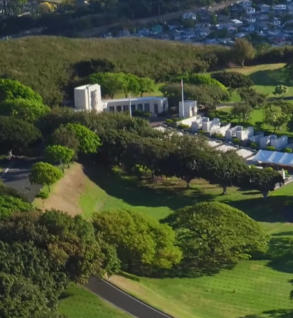
Name:
Service Number:
Rank:
Service:
Awards:
Date of Birth:
Place of Birth:
Marital Status:
Next of Kin:
Date of Death:
Age at Death:
Cemetery:
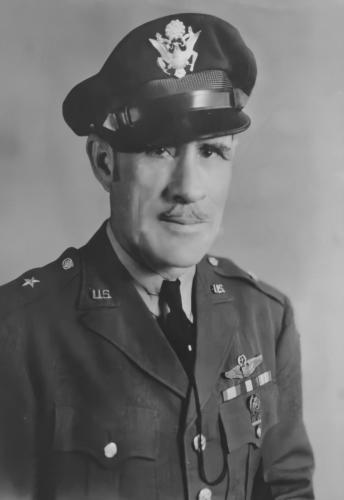
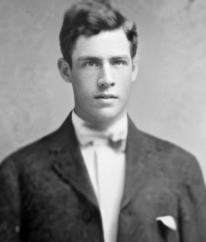
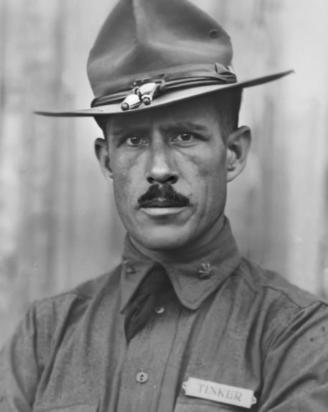
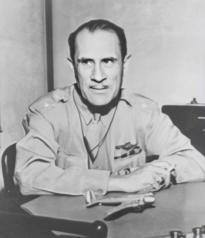

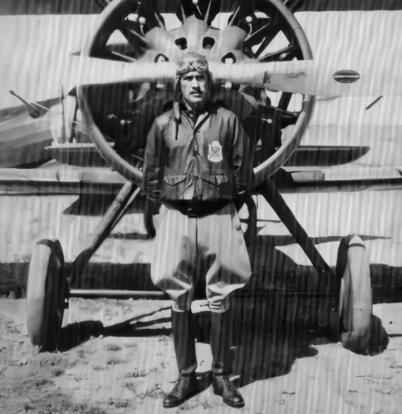


- World War I - Menu
- WWI Stories and Articles
- Photos - Yarmouth Soldiers
- Selection of World War I Songs
- WWI Casualties of Yarmouth, NS
- Those Who Served - Yarmouth, NS
- WWI Casualties Digby Co. NS
- WWI Casualties Shelburne Co. NS
- Merchant Mariners (1915) Yarmouth, NS
- Canadian Forestry Corps - Non Yarmouth Birth/Residence Enlistments
- US Draft Registry - Yarmouth NS Born


- World War II - Menu
- WWII Stories and Articles
- Telegraphist Air Gunners
- WWII Casualties of Nova Scotia
- US Casualties with NS Connection
- Far East/Pacific Casualties with NS Connection
- Merchant Navy Casualties Nova Scotia
- Nova Scotia WWII Casualties Holten Canadian War Cemetery
- D-Day Casualties - Nova Scotia
- CANLOAN Program Casulaties - Nova Scotia
- Battle of the Bulge Casualties - Nova Scotia
- WWII Casualties Yarmouth NS
- Yarmouth Casualties - RCAF RAF Canadian Army WWII
- Yarmouth Co., Marrages WWII
- Casualties Non-Born/Residents with Connection to Yarmouth Co., Nova Scotia.
- WWII Casualties Digby Co., NS
- Non-Nova Scotian WWII Casualties Buried in Nova Scotia
- WWII RCAF Casualties Aged 16-18
- Brothers/Sisters Who Served - World War II













